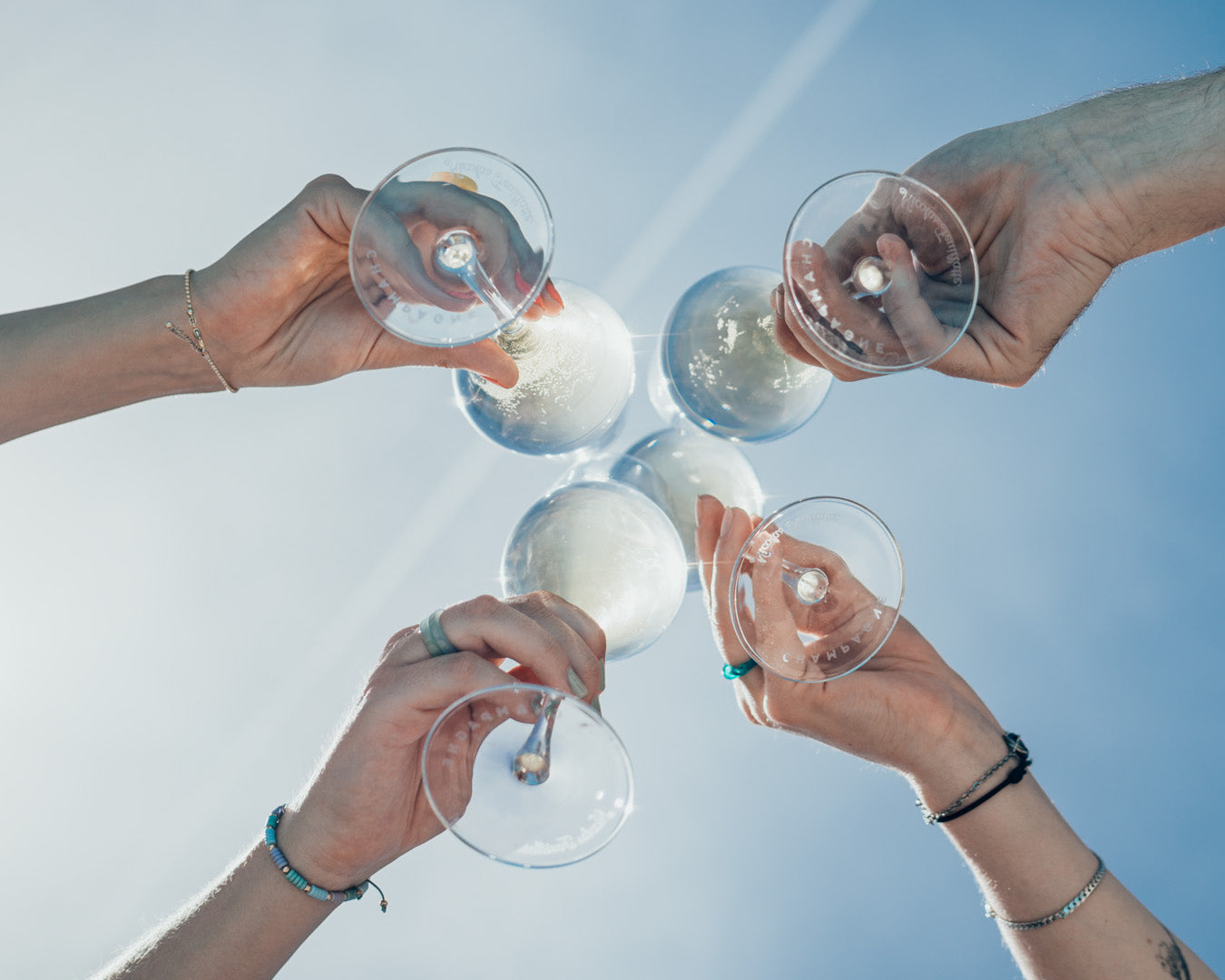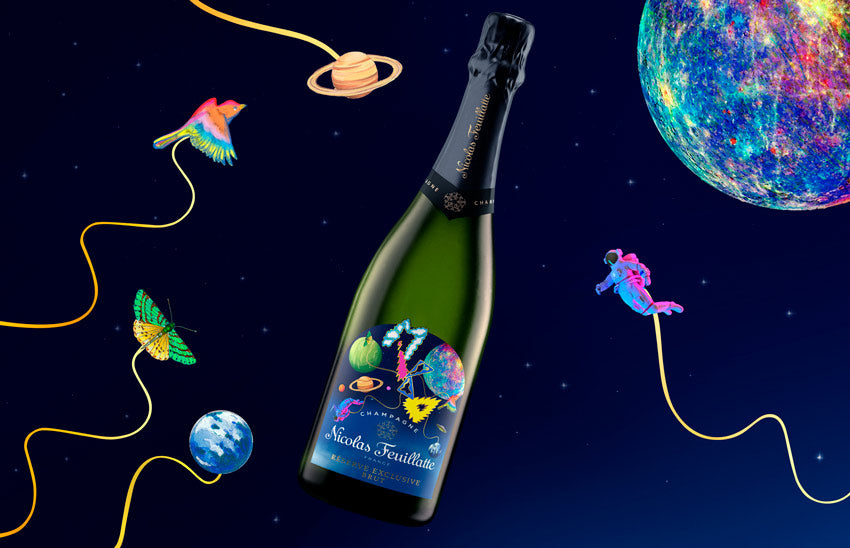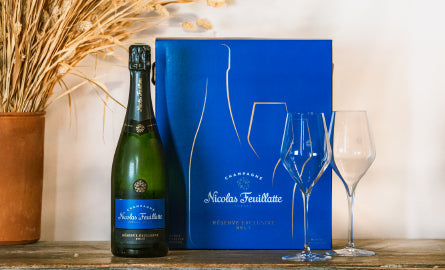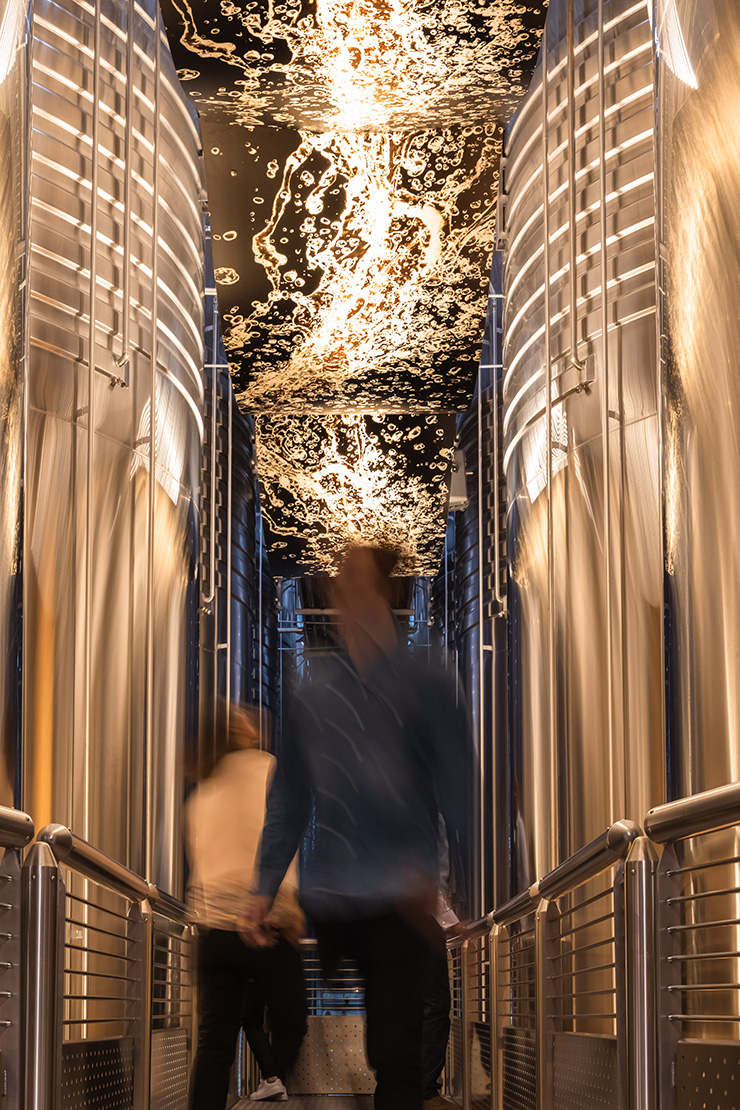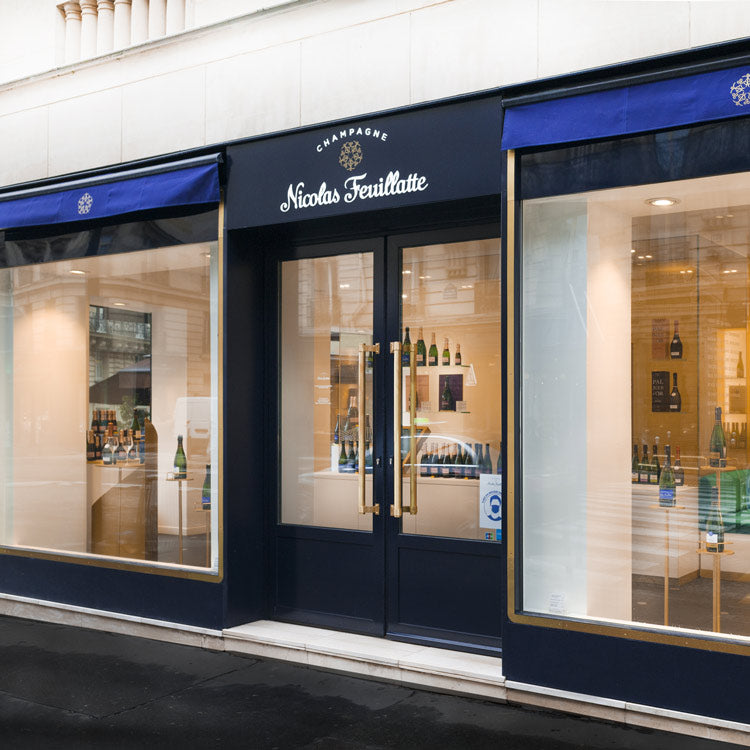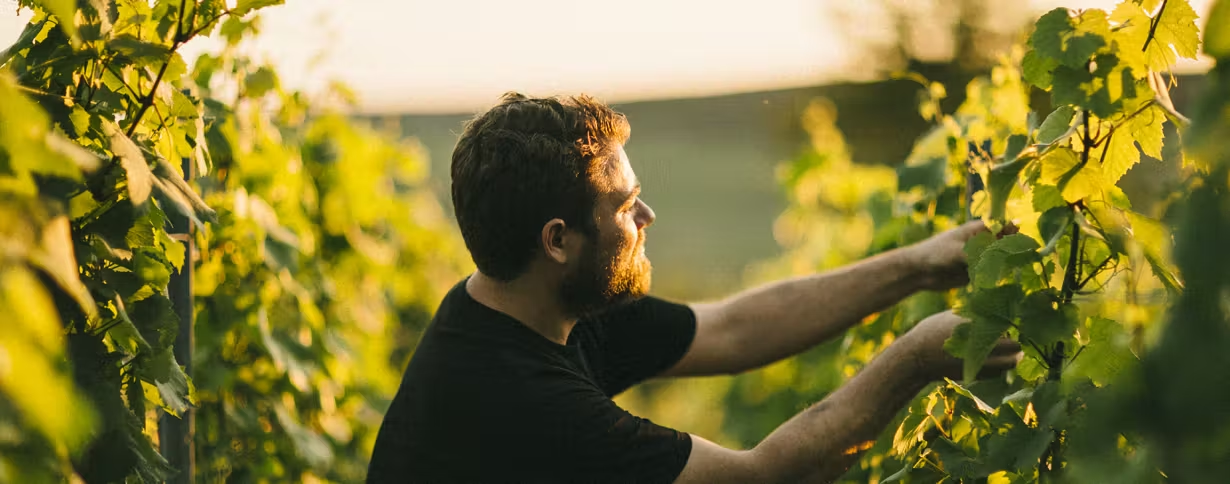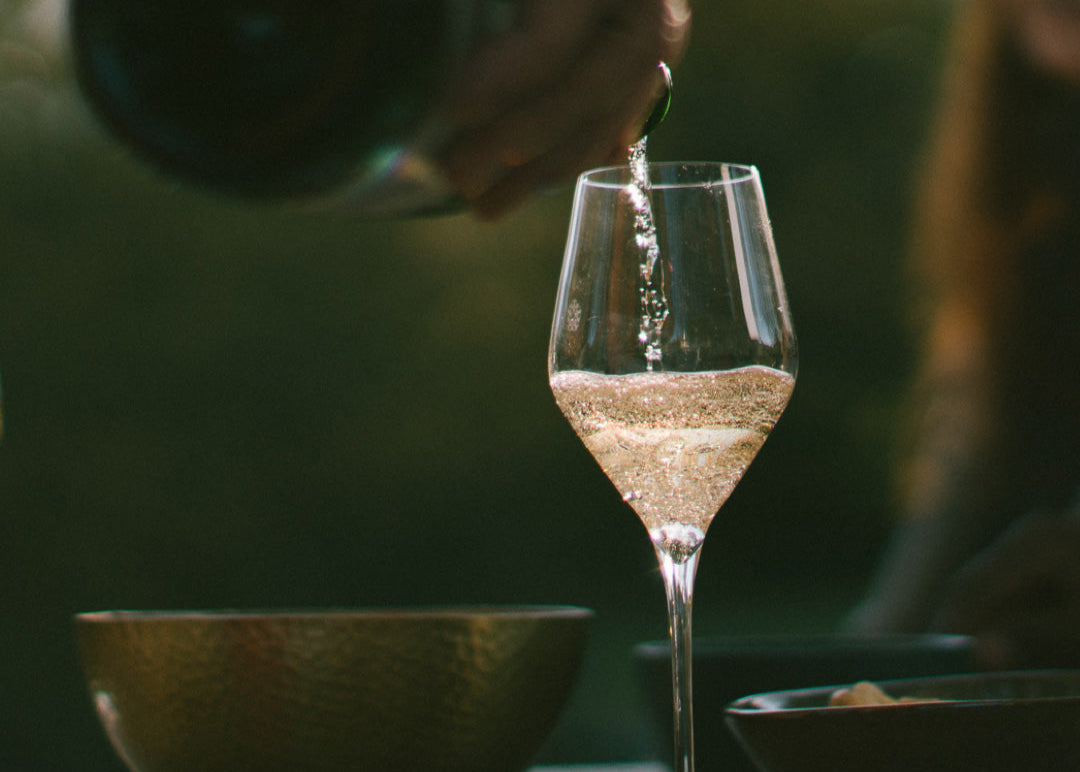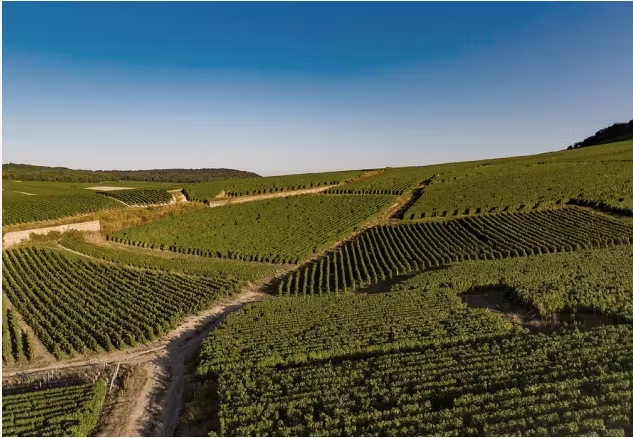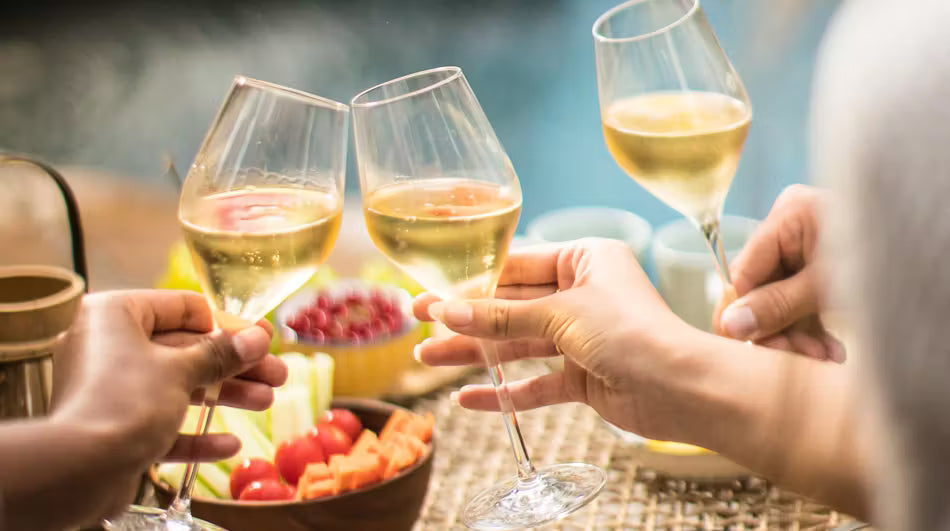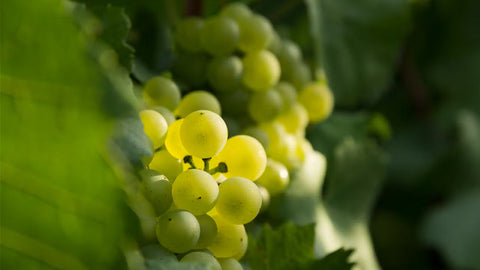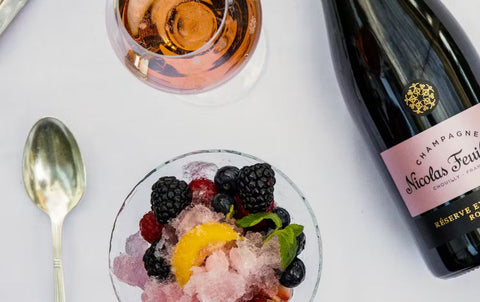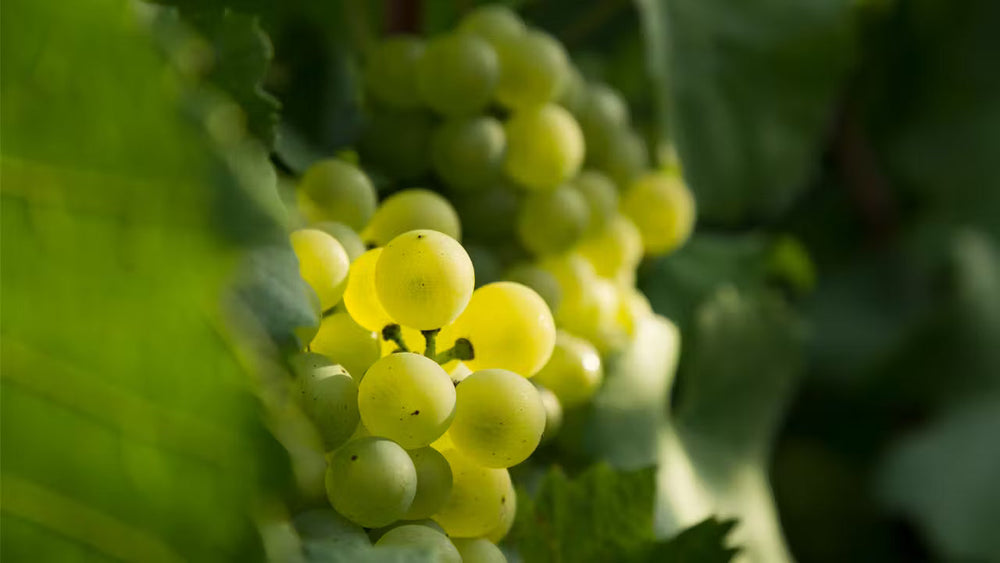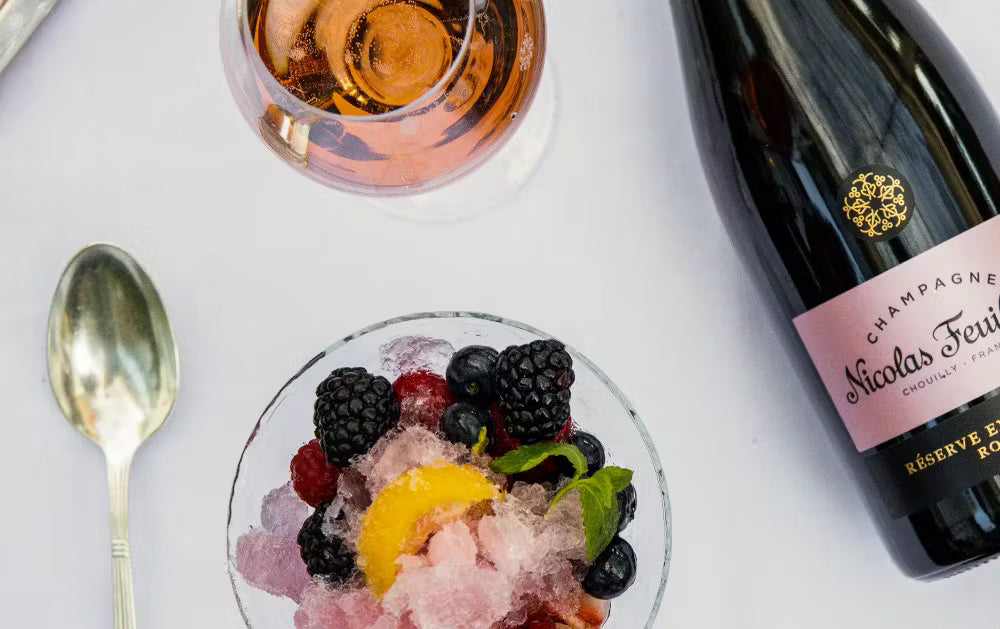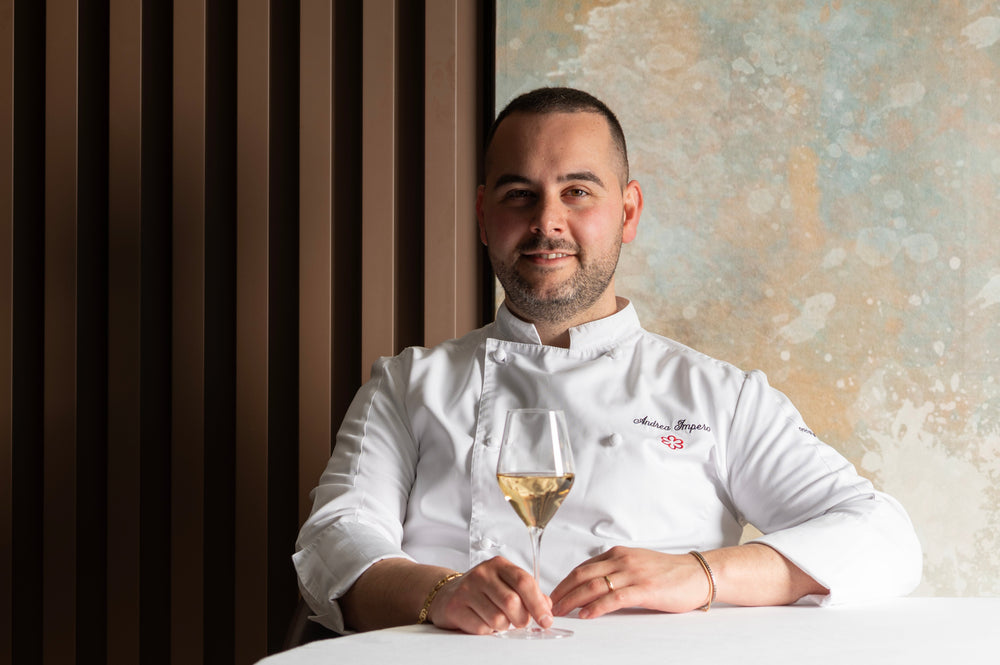What is the ideal glass shape for tasting your Champagne? We offer insights guided by the advice of our Cellar Master and his oenological committee.
Each tasting is a unique moment. It is a subjective feeling, the appreciation of a wine can't be associated with a single truth; there are as many versions of this pleasure as there are tasters. Everyone has their own experience, culture, sensitivities, and dogmas, thus giving the wine a unique description.
Additionally, many external factors influence a tasting. Beyond the wine and the individual, the environment plays a very important role. Indeed, the time of year, the weather, the tasting location, the occasion, the number of people, the light, the temperature, the atmospheric pressure, the health of the subjects, the time of tasting, etc. are all factors that influence the perception that each person may have of the wine. Another essential element to take into account: the type and shape of the glass used.
The ideal temperature for tasting Champagne is between 7 and 9°C. It is therefore advisable to use a stemmed glass so as not to contribute to the warming of the wine by wrapping your hand around a stemless glass.
Decomposition of a stemmed glass
The shape of the glass will allow the wine to deliver its full potential and is characterized by:
- The diameter and thickness of its rim (1)
- His chimney (2)
- His shoulder (3)
- His parison (4)
- His sharpness (5)
For the tasting of Champagne, the stung glass is very interesting because it helps to facilitate the formation of bubbles and the vigor of the effervescence.

There parison constitutes the contact area between the glass and the wine. The larger the top diameter of the parison, the greater the exchange surface between the air and the wine. Thus, the release of aromas will be more significant. The shoulder is the upper limit of service of the wine. It also allows, during agitation, to obtain disturbances and small ruptures of the surface allowing to oxygenate the wine and to increase the release of aromas. The shoulder can have more or less significant angles favoring or reducing these phenomena. The chimney of the glass will concentrate and restore to the taster the aromas released by the wine at the rim. Finally, the taster feels, characterizes and defines the nose of the wine by the drinking of the glass. If the diameter of the rim is smaller than that of the shoulder, the aromas released by the wine will be detected more intensely.
The capacity of the glass has a direct impact on its size. The larger the capacity, the larger the glass will be, and the greater the ability to concentrate the aromas.

The Champagne flute, the ideal glass?
The flute therefore promotes effervescence thanks to its finesse and verticality, accentuating the freshness of the wine. The flute brings true elegance to the tasting and is used on many festive occasions. However, the release of aromatic molecules is of average intensity and their concentration is low.

The Absolute Glass
This type of glass promotes both the effervescence, the aromatic release of Champagne, and the increase in the aromatic intensity felt during tasting. Here we have an ideal container for optimally tasting Champagne:
- Significant sharpness greatly promoting effervescence.
- The parison is quite high and has a large top diameter, resulting in a significant exchange surface with the air, promoting aromatic release.
- The shoulder has marked angles which promote intense aromatic release when stirred.
- The chimney is very tall, and the diameter of the rim is a third smaller than that of the shoulder. This allows for a high concentration of aromas in the chimney and an intense restitution at the rim.
You can buy the Absolu champagne glass with Nicolas Feuillatte logo in our online store.
